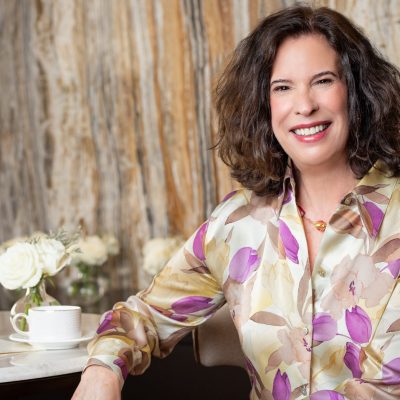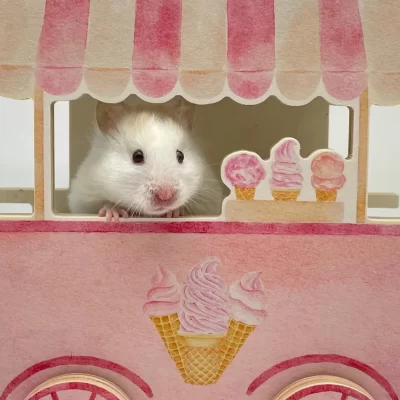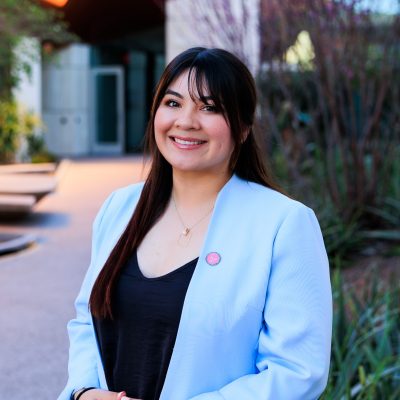Native Artist to Lecture at Heard
Bob Haozous is the son of an artist.
In fact, Haozous is the son of a very famous artist, the late Allan Houser, one of the most renowned Modernist sculptors of the 20th century.
But while Haozous regularly draws attention to his father’s work, he does so in order to further its legacy – not to promote his own talents. An acclaimed artist in his own right, he does not believe in riding another’s coattails to fame. He even unabashedly changed his last name from his father’s Anglicized “Houser” to its traditional Apache version, “Haozous,” to put focus on what he values most: his indigenous heritage.
“I am not compelled to seek attention, acceptance or respect to justify my work. . . . I do not place prestige over cultural responsibility and commitment,” says Haozous.
Bob Haozous will speak about his artistic philosophy for the Simon Ortiz and Labriola Center Lecture on Indigenous Land, Culture and Community. His talk “Redefining indigenous perspectives through art and dialogue” will take place at 7 p.m., March 15, at the Heard Museum.
Haozous will discuss “[Indian] identity and false identity; how we [Natives] use Western ideas as crutches; the Free Apache Concept; Native voices; and Native art as a reflection of Western art concepts.”
Earlier in the day, the Arizona State University Art Museum will also host Haozous for an informal, brown-bag presentation on the Tempe campus from noon to 1 p.m. The public is invited to attend.
Haozous is world-famous for his often-humorous and politically charged creations. He works in a range of media, including drawing, painting, printmaking and jewelry, and is best known for his sculptures. Here, too, he uses in a variety of materials – stone, wood and steel – and the pieces are often large-scale public works inspired by his Apache heritage. Other common influences on Haozous’s art are the environment and racism.
Haozous explains what he’d like to see in “authentic” Native American art: “I want people to understand that we are not standing on this earth – it’s holding us up. I also want to see the problems of Indian people – diet, alcohol, drugs, diabetes, suicide, violence and ignorance, among other things – come through Indian people as a healing element of their art, because those things are such a prevalent part of our lives.”
Adriene Jenick, professor and director of the School of Art in the Herberger Institute for Design and the Arts at ASU, provides context: “[Haozous’s] work employs symbol and material to their full effect and manages to create art that is full of hope and grace even as it reveals the socio-economic and political realities of the indigenous subject.”
Admission is free, and the event is open to the public.
– Deanna Stover and Kristen LaRue, ASU News
– Photo courtesy Kimberly Hargrove






